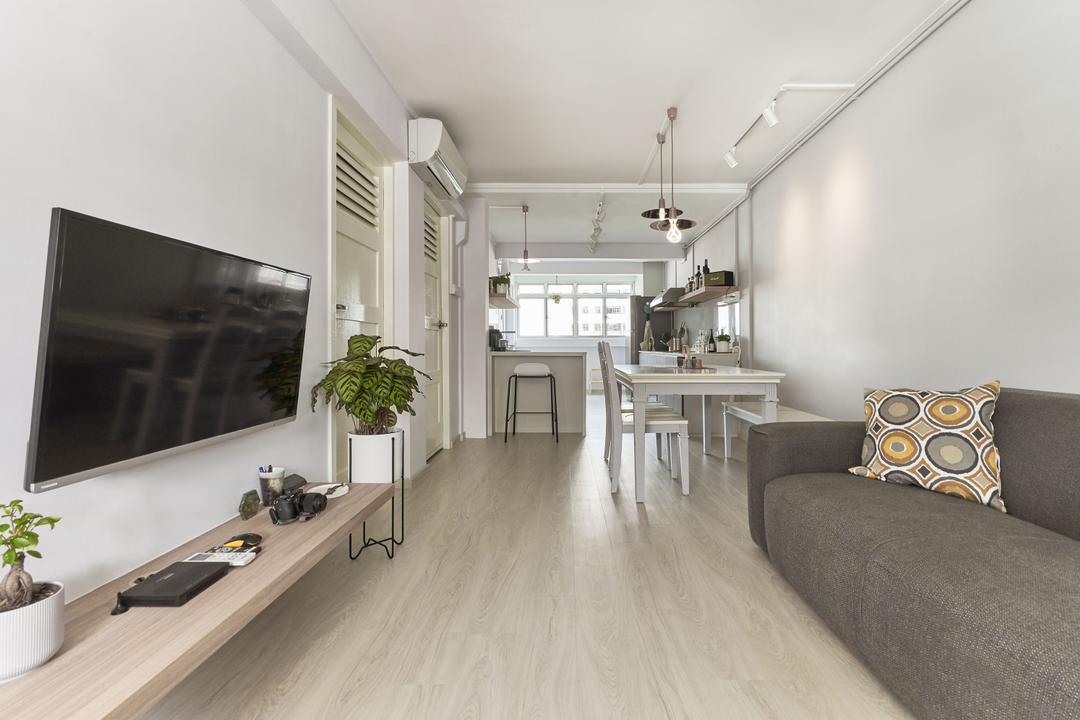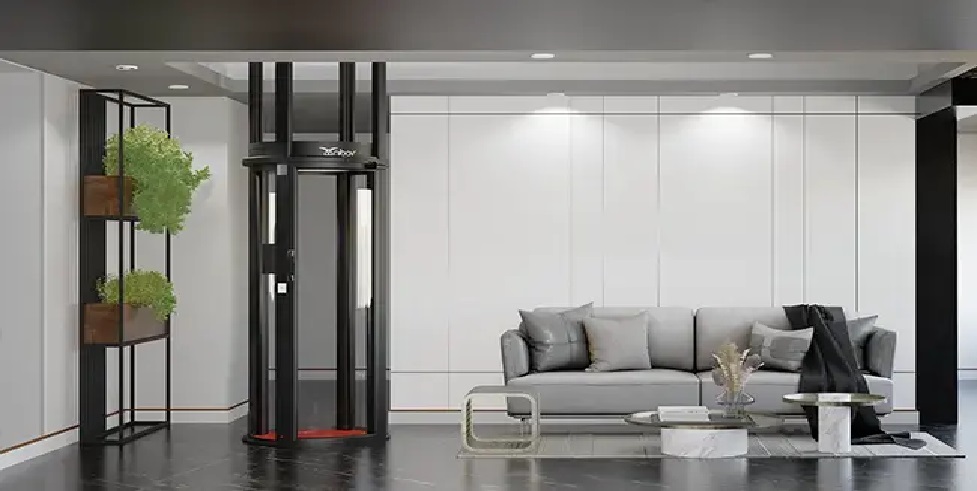In the realm of interior design, few styles have captured the imagination quite like Japandi. A harmonious blend of Japanese minimalism and Scandinavian functionality, Japandi is more than just a design trend—it’s a lifestyle philosophy. Rooted in simplicity, respect for nature, and the pursuit of tranquility, Japandi offers a blueprint for creating spaces that are both aesthetically pleasing and soul-nourishing. Let’s delve into the key principles of this design ethos.
- Minimalism with Warmth
At the heart of Japandi is the principle of “less is more.” However, unlike stark minimalism, Japandi emphasizes warmth.
- Declutter: Only essential items should occupy space. Each piece should serve a purpose, either functional or aesthetic.
- Neutral Tones: Opt for a muted color palette with shades of beige, gray, off-white, and earthy tones. These colors evoke a sense of calm and serenity.
- Nature at the Forefront
Both Japanese and Scandinavian designs draw inspiration from nature, and this is evident in Japandi.
- Natural Materials: Incorporate wood, stone, bamboo, and clay. These materials not only bring texture but also create a connection with the natural world.
- Indoor Plants: Plants like bonsai, snake plants, or peace lilies can purify the air and serve as living decor.
- Functionality is Key
Every item in a Japandi space should be purposeful.
- Multi-functional Furniture: Choose pieces that can serve multiple purposes, like a coffee table with storage or a sofa bed.
- Clean Lines: Furniture should have a streamlined design, devoid of unnecessary embellishments.
- Craftsmanship and Authenticity
Japandi respects the art of craftsmanship.
- Handmade Items: Incorporate handcrafted pieces, whether it’s pottery, textiles, or wooden items. These pieces bring character and tell a story.
- Quality Over Quantity: Instead of filling space with many items, invest in fewer, high-quality pieces that stand the test of time.
- Balance and Harmony
Japandi spaces exude a sense of balance, drawing from the Japanese concept of “Ma” (the balance between space and objects).
- Symmetry: While not everything needs to be perfectly symmetrical, there should be a sense of balance, whether it’s in the arrangement of furniture or the use of colors.
- Spaces to Breathe: Avoid overcrowding. Allow for open spaces, which can serve as visual resting spots.
- Coziness and Comfort
Drawing from the Scandinavian principle of “hygge” (a quality of coziness and comfort), Japandi spaces should evoke a sense of well-being.
- Soft Textiles: Incorporate throws, cushions, and rugs made of natural fibers. These add layers of comfort and warmth.
- Ambient Lighting: Use lighting to create a cozy ambiance. Opt for diffused lighting, floor lamps, and candles.
- Respect for Tradition
While Japandi is a modern design trend, it respects traditional elements.
- Incorporate Traditional Motifs: This could be in the form of Japanese calligraphy, Scandinavian folk patterns, or traditional crafts.
- Blend Old and New: Mix contemporary pieces with traditional ones. This could be a modern sofa paired with a vintage Japanese screen.
Conclusion
Japandi is more than just a fusion of Japanese and Scandinavian designs; it’s a reflection of a lifestyle that values simplicity, authenticity, and harmony. By embracing the key principles of Japandi, one can create spaces that are not only visually stunning but also deeply calming and balanced. In a world that often feels chaotic, Japandi offers a sanctuary of serenity and mindful living.








Comments